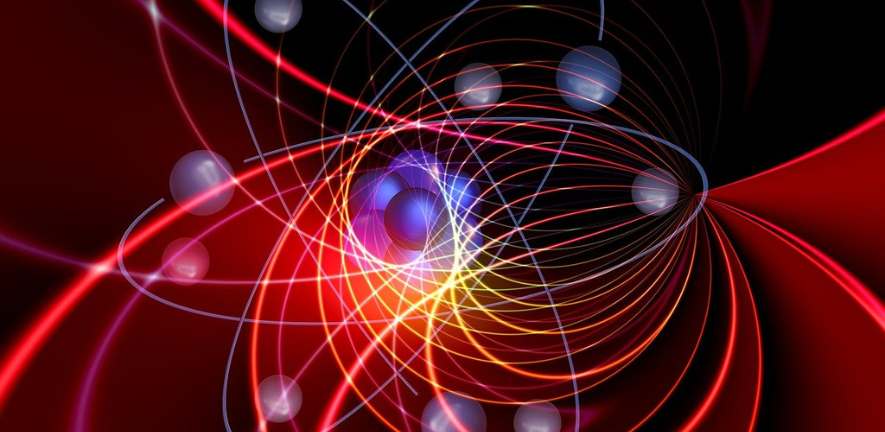
Submitted by Vanessa Bismuth on Thu, 14/03/2024 - 09:55
The quantum particle in a box is a hallmark problem in physics, familiar to every physics undergraduate. Somewhat surprisingly, the problem becomes very complex if the particle is kicked around by an external force. Already in a one-dimensional world this leads to chaotic behaviour. In this case, the chaotic state reaches some finite energy and a quasi-equilibrium.
Researchers at the Cavendish Laboratory have now have now experimentally explored this scenario in three spatial dimensions, where with a pinch of randomness added to the box potential holding the particle, the physics becomes much richer. The results are published in Physical Review Letters.
They prepare a noninteracting cloud of potassium atoms in the ground state of a box trap made of light, and periodically drive the atoms along one direction. The chaotic behaviour now spreads into all three dimensions and the energy keeps growing, slowly but without bound. Moreover, the distribution of atomic speeds follows a universal scaling form suspected to be a generic characteristic of far-from-equilibrium quantum systems.
They explain the observations microscopically, in terms of a new type of random walk that takes place in energy space. The ability to tune the interactions between potassium atoms offers exciting prospects, such as studying the relation between the observed single-particle chaos and more familiar turbulence in interacting fluids.
Reference:
Gevorg Martirosyan et al., 'Observation of Subdiffusive Dynamic Scaling in a Driven and Disordered Bose Gas', Phys. Rev. Lett. 132, DOI:10.1103/PhysRevLett.132.113401
Image:
by Gerd Altmann from Pixabay
